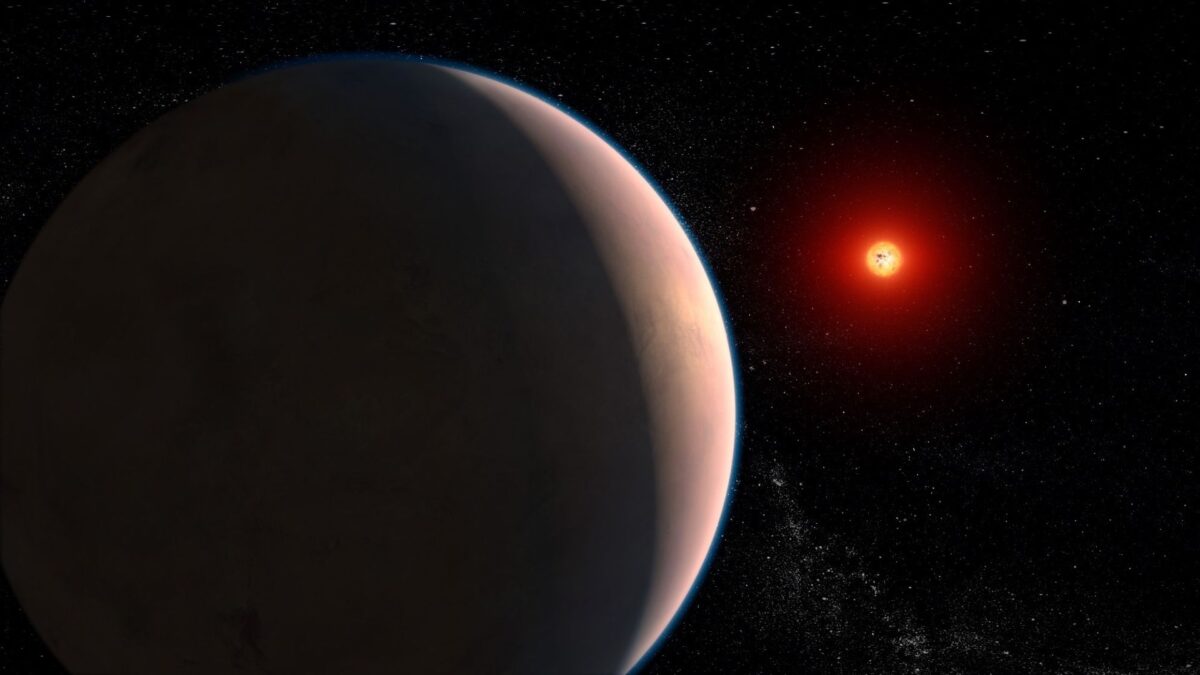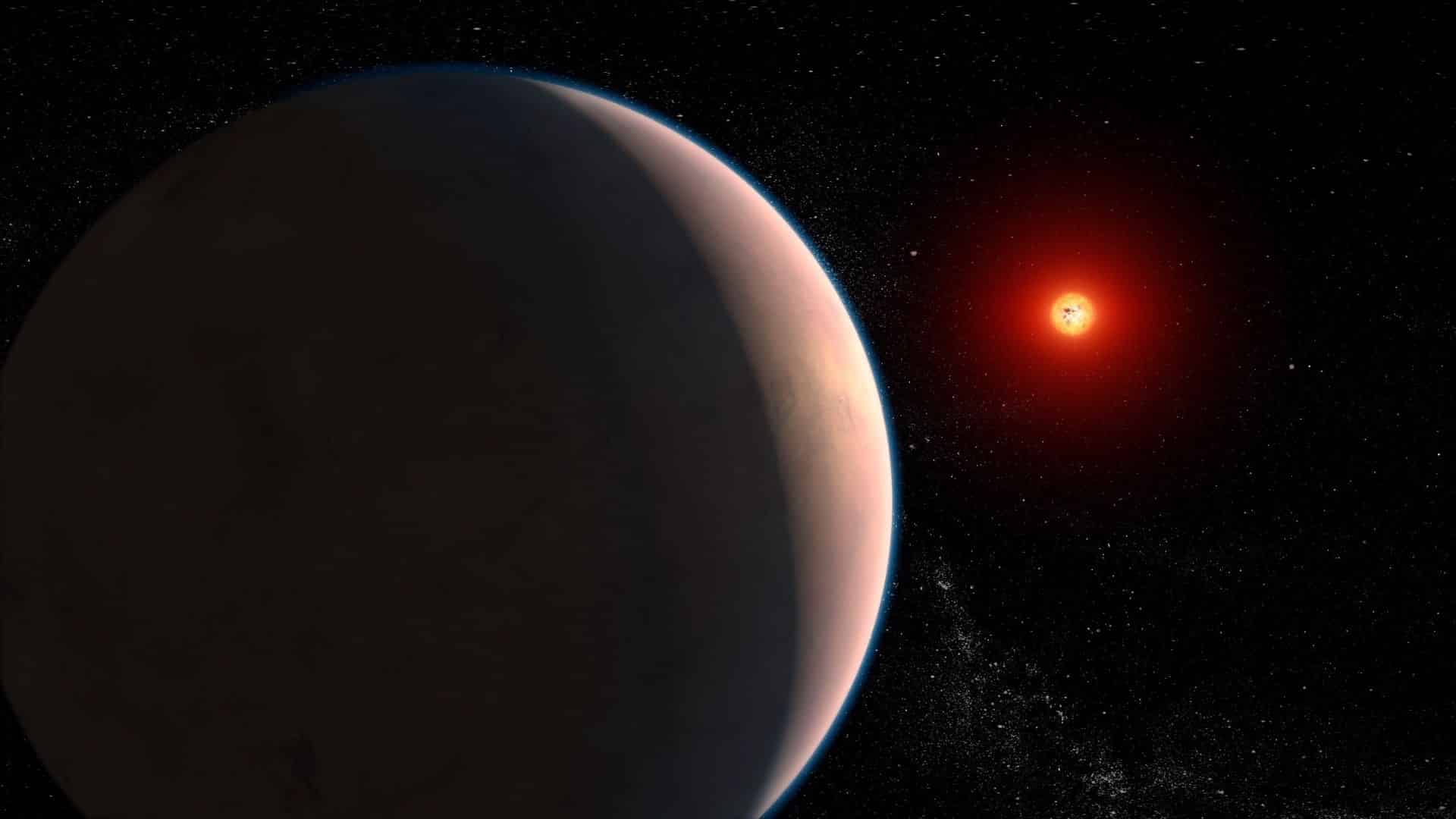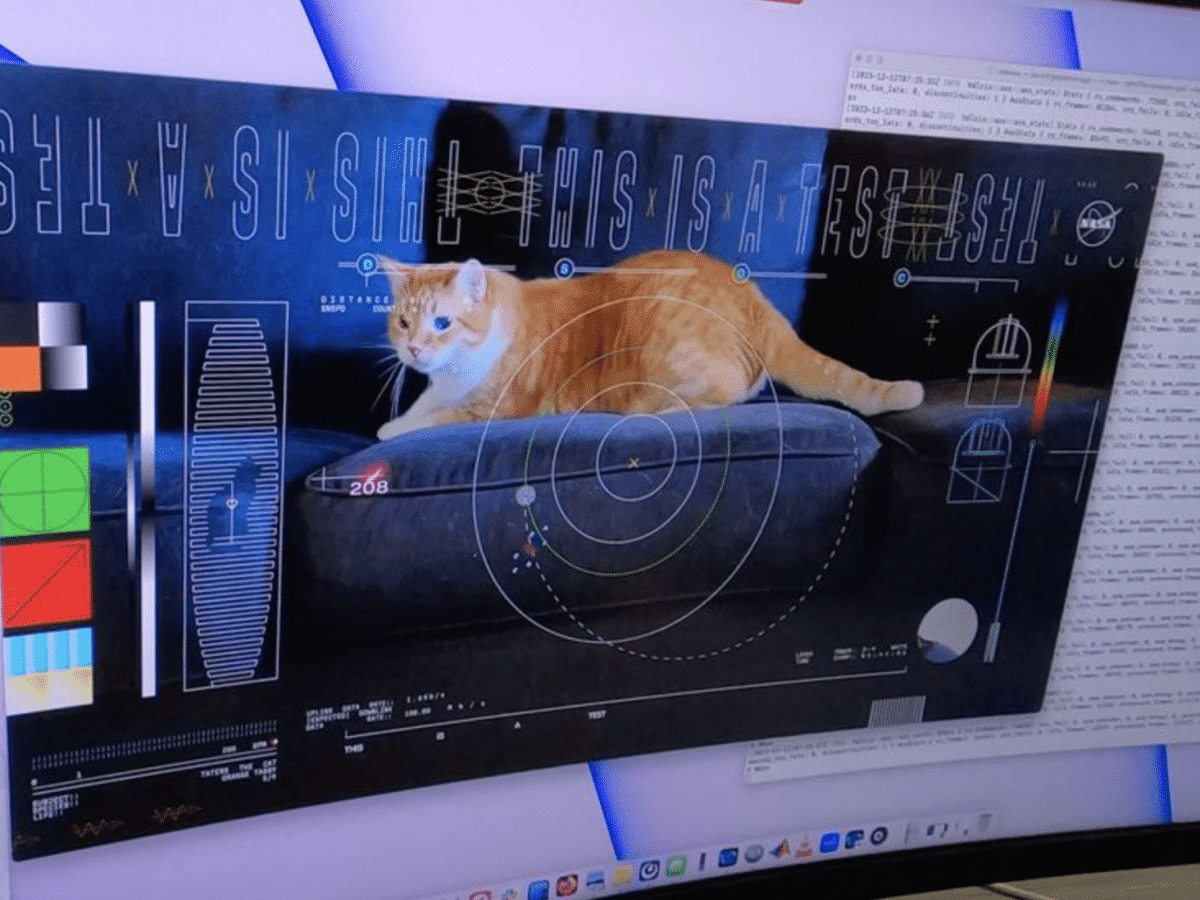Astronomers have observed water vapor around the exoplanet GJ 486 b, a so-called “super-Earth” that orbits a red dwarf star in the constellation Virgo, located 26 light-years away from us, using the James Webb Space Telescope (JWST).

GJ 486 b is approximately 30 percent larger than Earth and has three times the mass of Earth. The planet takes about 1.5 days to orbit its star, and it is so close to the star that its surface temperature is believed to be over 400 degrees Celsius. This means that the planet is not in the so-called habitable zone, the area around a star where life as we know it could exist.
Uncertainty about the source of water vapor around GJ 486 b
Astronomers are also unsure whether the water vapor around GJ 486 b comes from the planet itself or from the star that the planet orbits. In a statement, they wrote:
The water vapor could be from an atmosphere enveloping the planet, in which case it would need to be continually replenished due to losses from stellar irradiation. But an equally likely possibility is that the water vapor is actually from the outer layer of the planet’s cool host star.
–webbtelescope.org
Future observations will be needed to determine if the planet has an atmosphere.
Astronomers will now begin to observe GJ 486 b using another instrument on the JWST to try to determine if the planet actually has an atmosphere or if the water vapor comes from the star it orbits.







